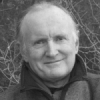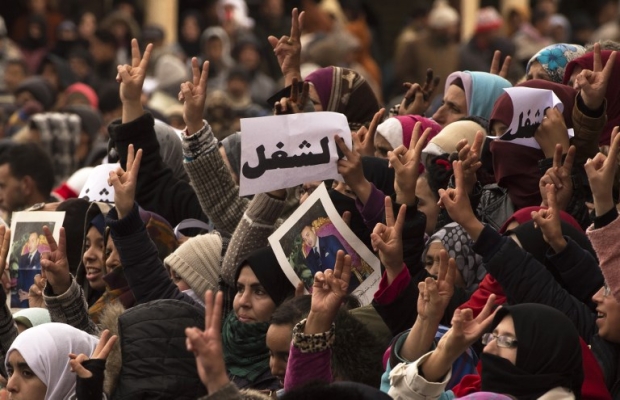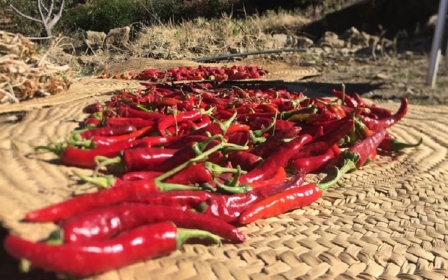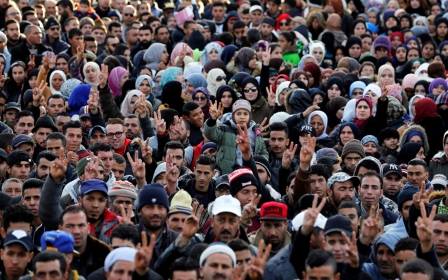How mega projects mask uncertain future in Morocco
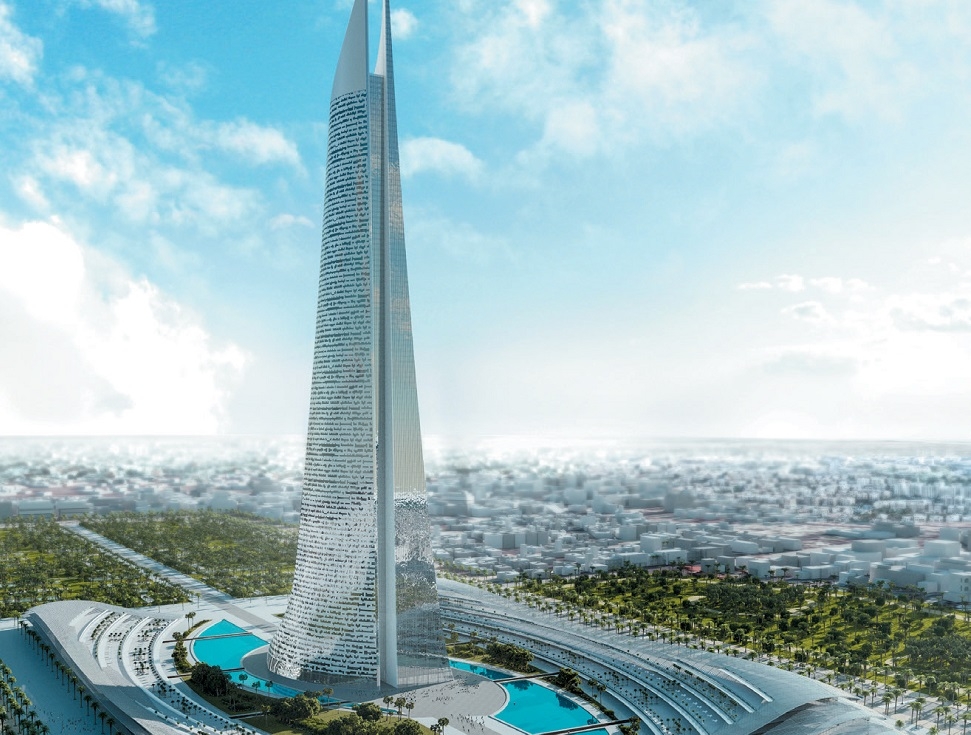
Morocco is in a hurry. At Ouarzazate on the edge of the Sahara desert what's billed as the world's biggest solar plant – the size of 200 football pitches – is coming into operation.
On the outskirts of Rabat, the country's capital, the foundations of what its backers claim will be Africa's tallest building – to be built by a Chinese state-owned company – are being laid.
Mega projects
This summer what will be the first high-speed bullet trains in Africa will start running along the coast between Casablanca, Morocco's economic hub, and Tangier. Stations along the way are being revamped to accommodate the French manufactured trains.
Yet behind all these mega projects, problems are lurking. "Instead of all these big schemes, what we need is basic infrastructure development," says Salim, a Rabat-based activist who did not want his full name to be disclosed.
"All these multi-million dollar deals are somehow linked to the elite and the royal family. Instead of bullet trains – which poor people will never ride on – why not build more schools and hospitals? What people want are the basics like water, but at the same time these big projects are happening, all over the country water pipes are broken and leaking."
Instead of bullet trains – which poor people will never ride on – why not build more schools and hospitals?
- Salim, Moroccan activist
Water, or the lack of it, is one of the critical issues. Morocco, together with its neighbouring states in North Africa and countries of the Middle East, is part of one of the most "water stressed" regions in the world.
Severe droughts which have hit the country in recent years caused serious damage to its agricultural sector, which accounts for 15 percent of gross domestic product (GDP) and employs 40 percent of the workforce.
At one stage the king, Mohammed VI, issued a decree calling on people at mosques throughout the country to pray for rain.
An ecological crisis
The droughts provoked social unrest; protests over what was seen as government inaction broke out in many areas and in November last year 15 people were crushed to death as hungry farmers queued for supplies of flour.
Social Watch, an international network of citizens' organisations fighting poverty around the world, says Morocco is heading for an ecological crisis. In a special report it says that 35 percent of Morocco's precious water stocks are lost through bad piping; water is also being polluted by industrial and urban waste.
"Throughout the country the land is becoming less fertile, arable layers are being lost due to water and wind erosion, dams and reservoirs are silting up because of erosion, there is salinisation and desertification, urban areas are being developed to the detriment of agricultural land, there are great accumulations of sand in arid areas and the oases, and mining and quarrying are causing the natural environment to deteriorate," says Social Watch.
Rainfall is likely to decline by 10 percent while demand for water will increase substantially.
Modern pumps mean that farmers can go ever deeper for water supplies – to depths of 200 metres or more - but there’s concern that the agricultural sector, which uses 80 percent of total water resources, is draining aquifers deep below the ground.
Maroc Vert
To cope with water shortages and the impact of climate change, the government – since last year headed by Saad-Eddine El Othmani, a psychiatrist and former foreign minister - has brought in its Plan Maroc Vert.
Morocco, which hosted the 2016 international conference on climate change, has won international acclaim for its environmental policies. Plan Maroc Vert includes an ambitious renewable energy programme, with a target of producing more than 50 percent of the country’s electricity supply by 2030 through a combination of solar and wind power.
A more controversial element of Plan Maroc Vert is the lifting of subsidies on diesel and other fuels in order, says the government, to encourage more efficient use of energy
The government has also promised to spend millions promoting more efficient irrigation systems and is encouraging farmers to plant fruit trees rather than water-hungry cereal crops in an effort to promote water conservation and prevent further soil erosion.
Plans are also underway to increase water supplies by building what is billed as the world’s largest desalination plant on the coast near the tourist destination of Agadir.
A more controversial element of Plan Maroc Vert is the lifting of subsidies on diesel and other fuels in order, says the government, to encourage more efficient use of energy. Despite protests, the authorities have hinted that subsidies will also be eliminated on other consumer items, including flour and milk.
Government critics say the lifting of subsidies has only caused more suffering for the poor and that Morocco is becoming an increasingly divided society. Unemployment, particularly among the young – nearly 50 percent of the country’s 36 million people is under 25 years old – is an ongoing problem.
Victims of climate change
According to official figures, unemployment is running at just under 11 percent though there are indications the rate is considerably higher, especially among the young. To address the issue, El Othmani's government is pushing through a number of measures designed to create a more open economy and attract foreign investment.
The tourist sector is being overhauled, with new luxury hotels, golf courses and airports being opened. The mining industry, a key part of the economy accounting for more than 10 percent of GDP, is being opened up to foreign investors. The aim is to triple mining revenues by 2025 and create 30,000 jobs.
The trouble is that both tourism and mining consume vast amounts of precious water. Golf courses, parched by the hot North African sun, have to be constantly watered.
Morocco has an abundance of mineral resources and is the world's leading exporter of phosphates, a vital ingredient in the manufacture of fertilisers. But phosphate mining and processing uses large amounts of water.
There are not only water problems. A substantial portion of Morocco's phosphate reserves is in areas of Western Sahara, annexed by Morocco in the mid-1970s but claimed by the indigenous Saharawis – tens of thousands of whom now live in refugee camps across the border in Algeria.
International efforts to have Moroccan exploitation of phosphates in the region declared illegal continue. Rabat's construction of various renewable energy installations in Western Sahara are also under attack.
Protests have broken out at other mining sites, many of which are ultimately owned by companies controlled by the royal family. At Jerada, in Morocco's remote northeast, large-scale demonstrations have been held recently over the deaths of locals who, desperate for a source of income, died while trying to extract coal from old mines.
At Imider, 300 kms southeast of Marrakech, local villagers have been staging a sit-in for five years at what is one of the biggest silver mines in Africa, saying their water resources have been severely depleted and poisoned by toxic waste.
"The first victims of climate change and of environmental injustice are poor people," says Moroccan filmmaker Nadir Bouhmouch, who is making a documentary on the Imider protest. "The places that are most polluted are the places poor people live."
- Kieran Cooke is a former foreign correspondent for the BBC and the Financial Times, and continues to contribute to the BBC as well as international newspapers and radio networks.
The views expressed in this article belong to the author and do not necessarily reflect the editorial policy of Middle East Eye.
Photo: The al-Noor Tower will be 114-storeys high (AFP / HO / Middle East Development LLC).
This article is available in French on Middle East Eye French edition.
Middle East Eye propose une couverture et une analyse indépendantes et incomparables du Moyen-Orient, de l’Afrique du Nord et d’autres régions du monde. Pour en savoir plus sur la reprise de ce contenu et les frais qui s’appliquent, veuillez remplir ce formulaire [en anglais]. Pour en savoir plus sur MEE, cliquez ici [en anglais].


